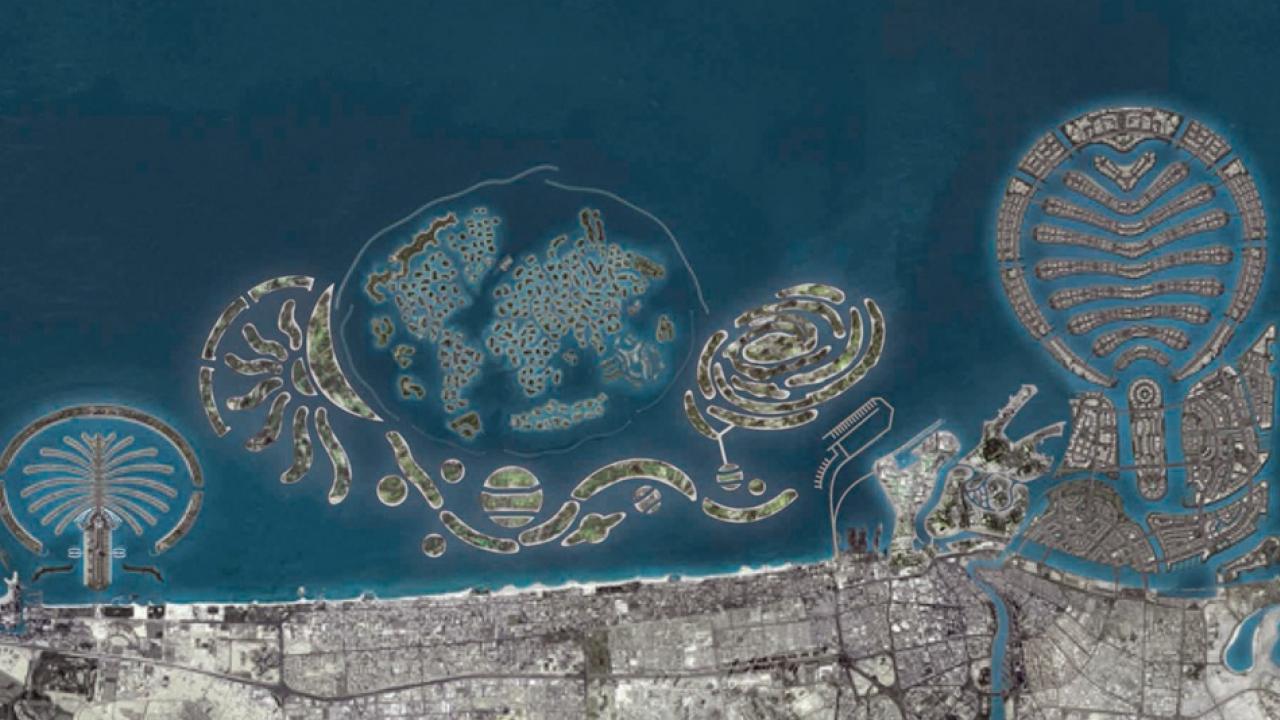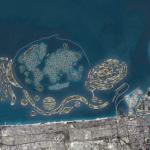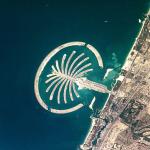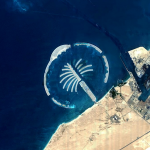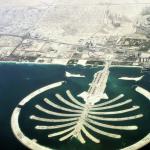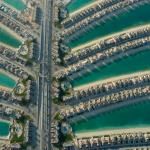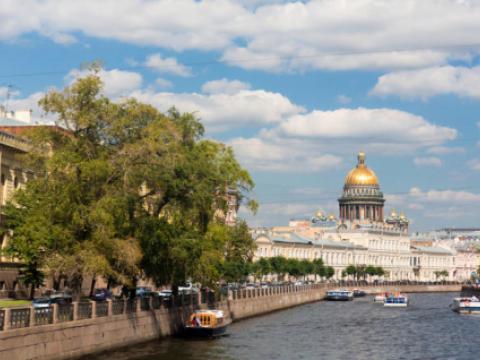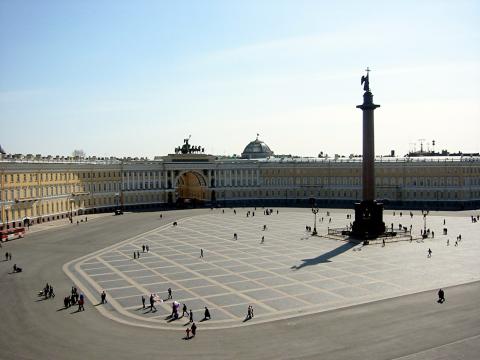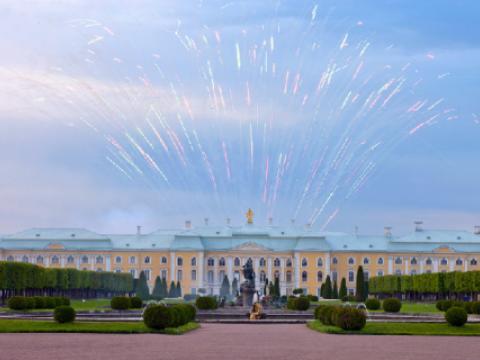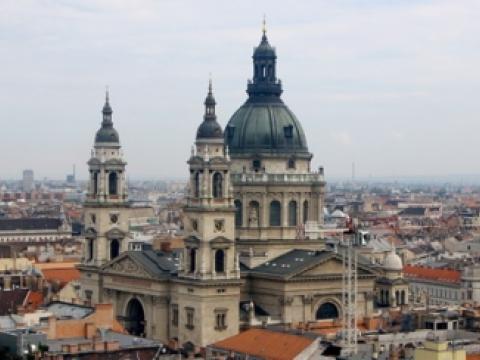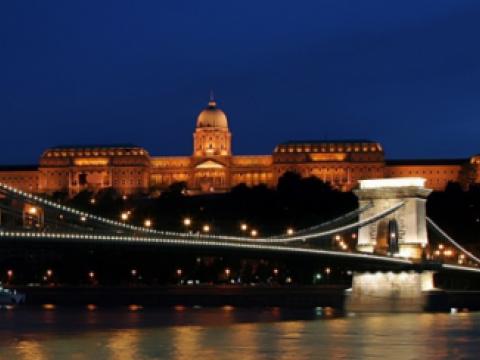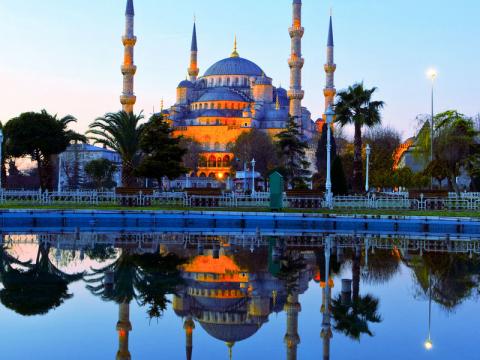Location
The government of the UAE decided that investing in tourism will have a long-term benefit for the country. The Prince himself was the initiator of the Palm Islands project. The creation of the Palm Jumeirah began in June 2001. Shortly after, the Palm Jebel Ali was announced and reclamation work began. Each island will be in the shape of a palm tree.
These vast structures will add over 500 kilometers of beach to the city of Dubai. The Palm Islands are made just out of sand and rocks, in order to preserve the environment. When done, these settlements will house dozens of luxurious hotels, theme parks, shopping malls, residential houses etc.
You can get to the palm islands by the palm island monorail (15 dirhams) or taxi. Riders of the Palm Monorail get aerial views of the unfurling fronds of Palm Jumeirah while traveling over nothing but clear blue water for more than a half mile. Currently, the trains run four times hourly and can carry up to 2,400 passengers each hour.
Getting there by the monorail costs 15 dirhams. The rooms at Atlantis hotel start from around 1500 ASED.







